If you’ve traveled the length and breadth of Romania, you’ve probably heard of, seen, or stumbled across the places below. They’re not necessarily on the most popular tourist routes, but travelers keen to visit ‘something different’ will definitely consider them. And if you’re holidaying in the areas where these unusual places are located in Romania, make time to see them. Their stories have a unique charm and will win you over immediately.
The rock monastery of Șinca Veche
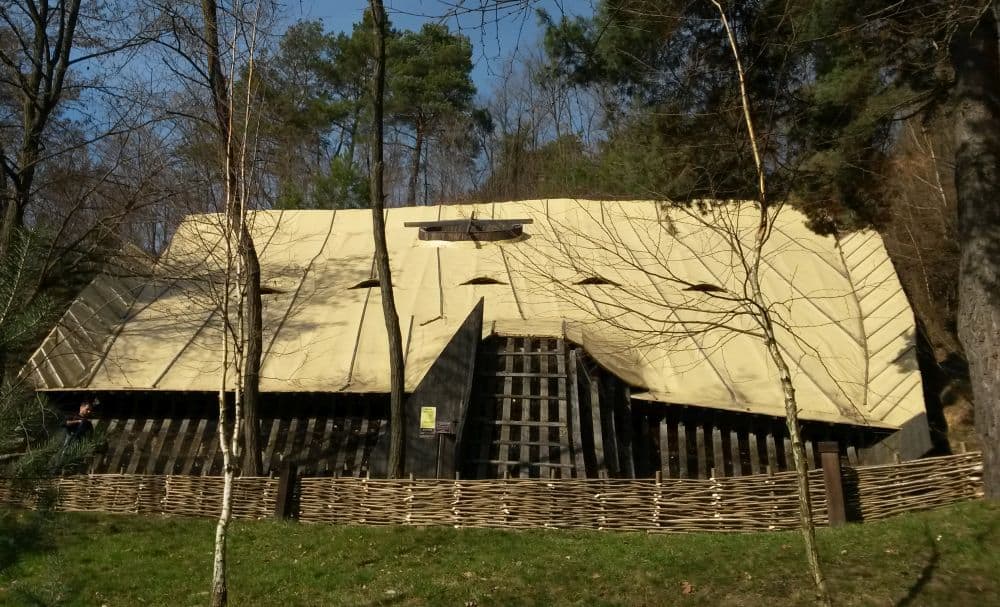
This mysterious cave in the commune of Șinca Veche bears several unofficial names: the Temple in the cave, the Monastery, the Temple of Destiny, the Temple of the Ursites, etc. But whatever the name, the origins, and purpose of this cavern in the depths remain shrouded in mystery.
In other words, it is not known who built this ancient monastery in Șinca Veche, located under a hill at the foot of the Făgăraș Mountains (between Brașov and Făgăraș, near the village of Perșani). The site is thought to be around 7000 years old. Still, historians believe the monastery was excavated sometime in the 18th century when Orthodox Christians in Transylvania were persecuted. Refusing to change their religion – Empress Maria Theresa’s order was to switch to Catholicism – the people built their own ‘church’, hidden in the cave.
On the cave’s walls, disparate religious symbols are drawn. These include a Star of David, a Chinese yin-yang symbol but, strangely enough, no Christian cross, despite evidence of Christians.
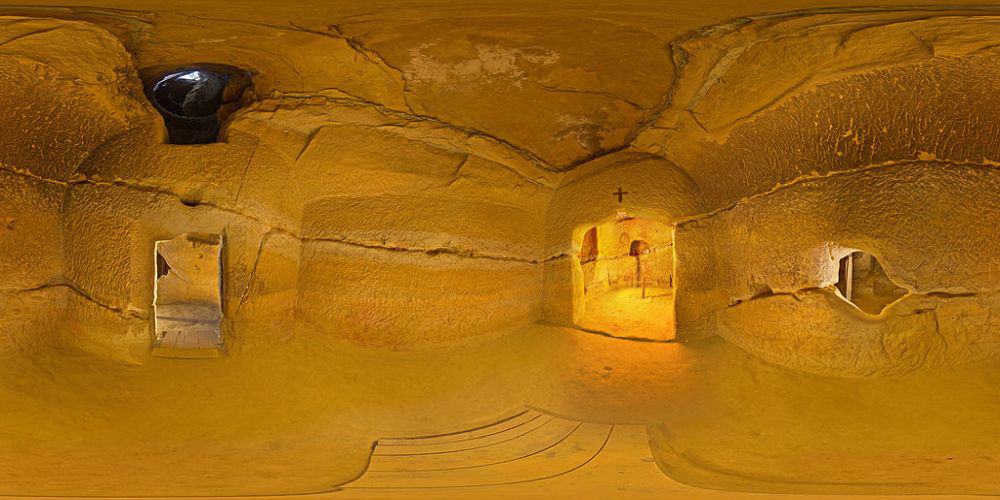
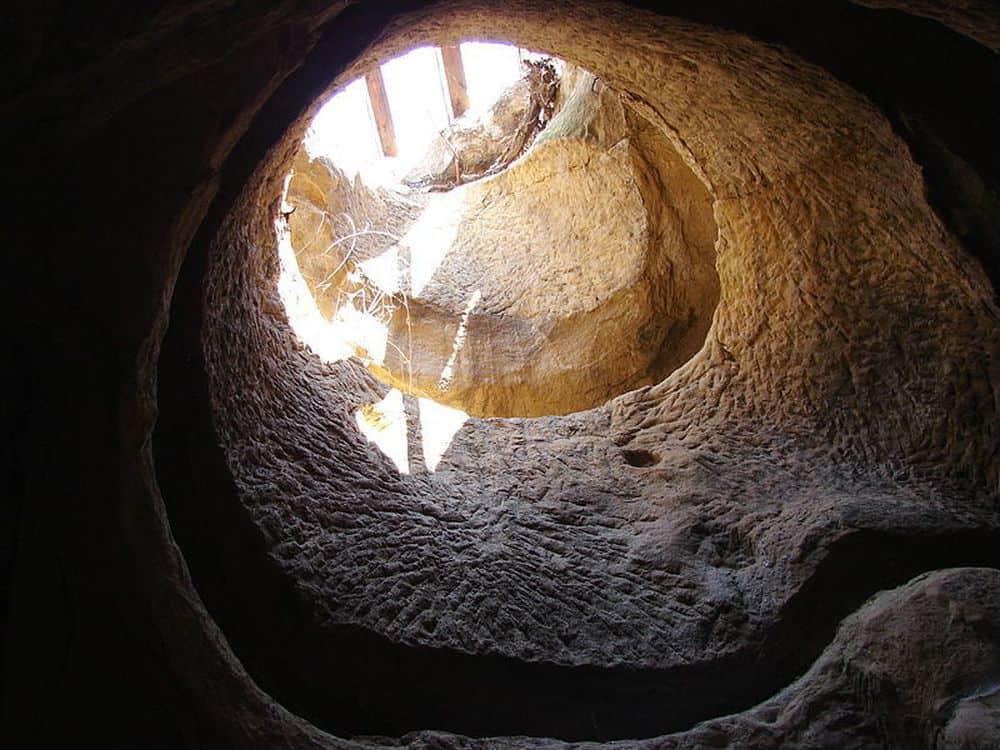
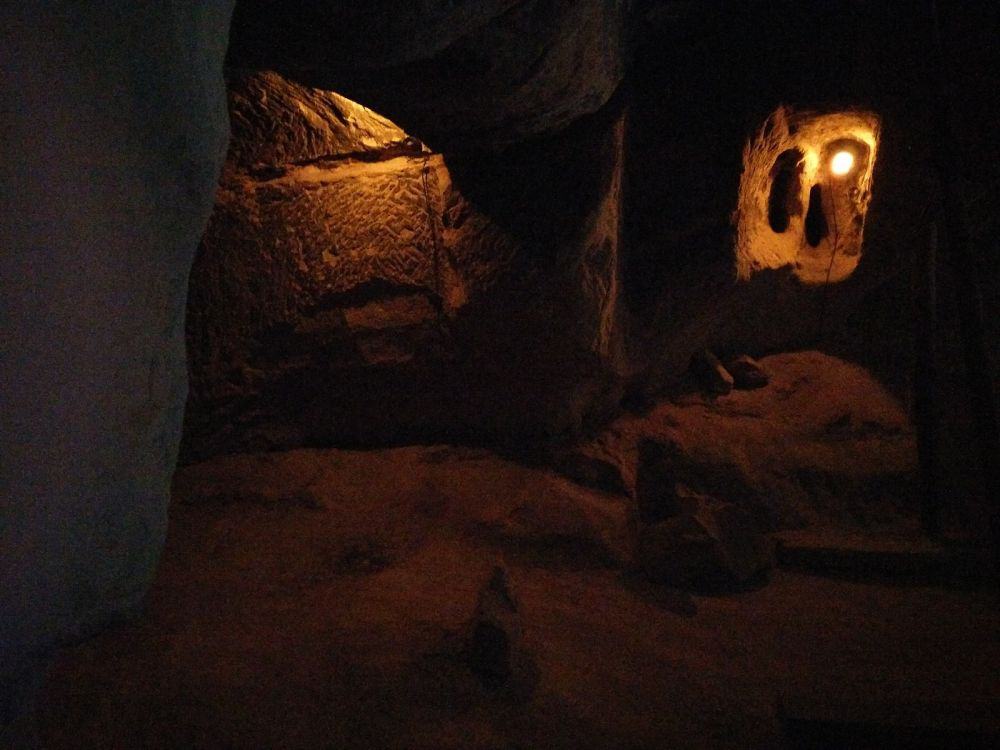
The monastery comprises nine different rooms, two of which are considered altars, and there is also a 10m high tower through the opening of which you can see the sky. Light enters the cave through several narrow ‘windows’, whose presence has been associated with the penetration of divine energy into the underground space. There is speculation that there is a hidden tunnel that secretly communicates with the nearby fortress – the fortress of Rasnov.
Another theory says that this is an ancient Dacian dwelling, and the fact that the church has two altars suggests that its origins are pre-Christian. A third theory talks about the existence of two churches, the collapse of the dividing wall, and their natural union with the increase in the number of monks.
The place is known to generate all sorts of paranormal elements, to the propagation of which the legends “inflated” over time have obviously contributed. Beyond that, the cave is truly unusual and, at the same time, strangely beautiful.
Hoia-Baciu Forest
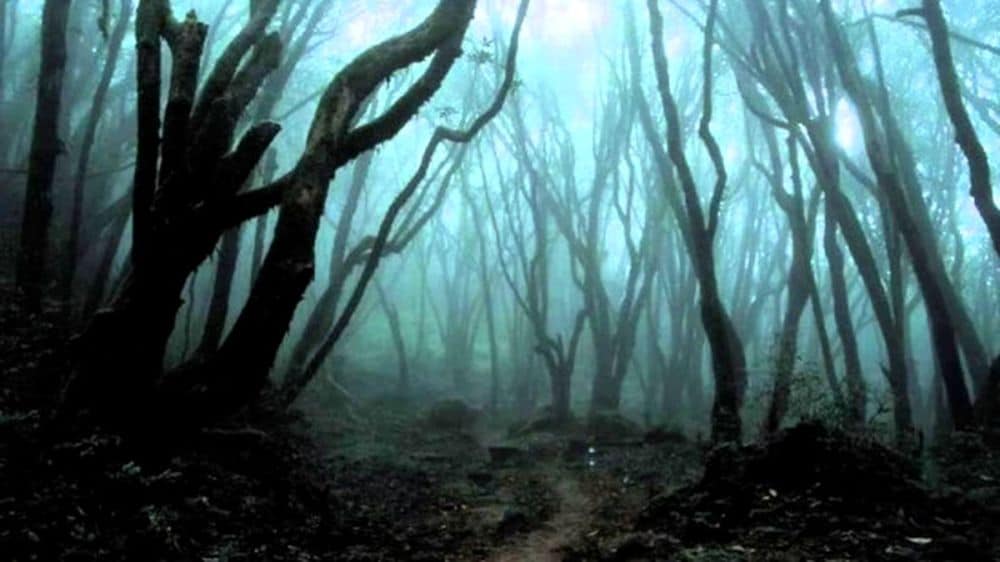
In 1968, a local man photographed a UFO in the Poiana Rotunda in this forest, and the photo was considered authentic. In the same 1960s, biology professor Alexandru Sift began studying paranormal phenomena in this forest, collecting many photographs that were stolen shortly after his death.
The forest’s bent trees, with trunks and branches grown in spirals, as if they were part of a horror movie script, the eerie silence and the stories of all kinds that haunt it has led the Hoia-Baciu forest, located in the western part of Cluj Napoca, to be nicknamed “Romania’s Bermuda Triangle”.
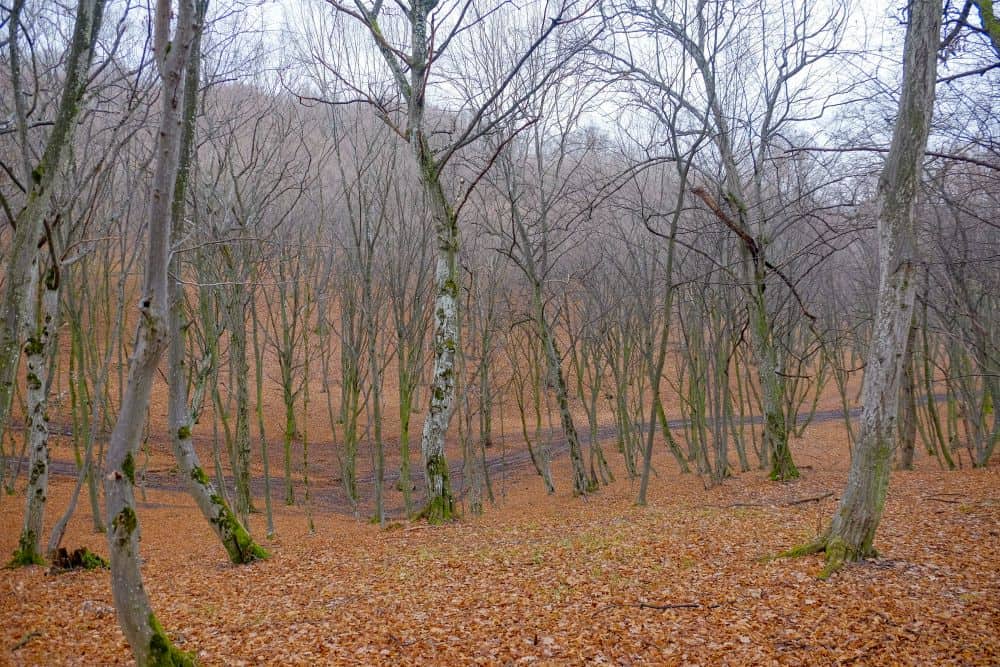
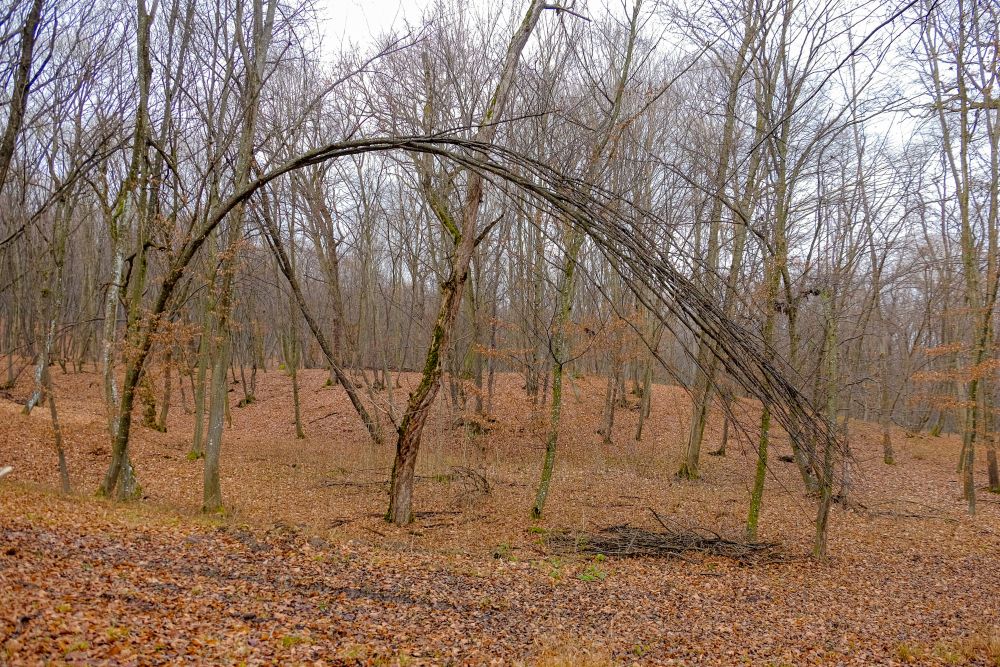
Legends say that ghosts and spirits of the forest lurk behind the bizarre trees. A girl disappeared in this forest, only to reappear five years later, unable to remember where she had been. Similarly, a shepherd ‘dissolved’ into the shadows of the woods with his sheep. In addition, the Hoia-Baciu forest is apparently loved by aliens.
Beyond that, however, the forest is one of the places where the people of Cluj Napoca city recreate. There are trails and paths for walking and cycling, and the place is not without wild animals. In Cluj, there are guided tours, day or night, organized by the Horia-Baciu Project Association.
Geamăna village
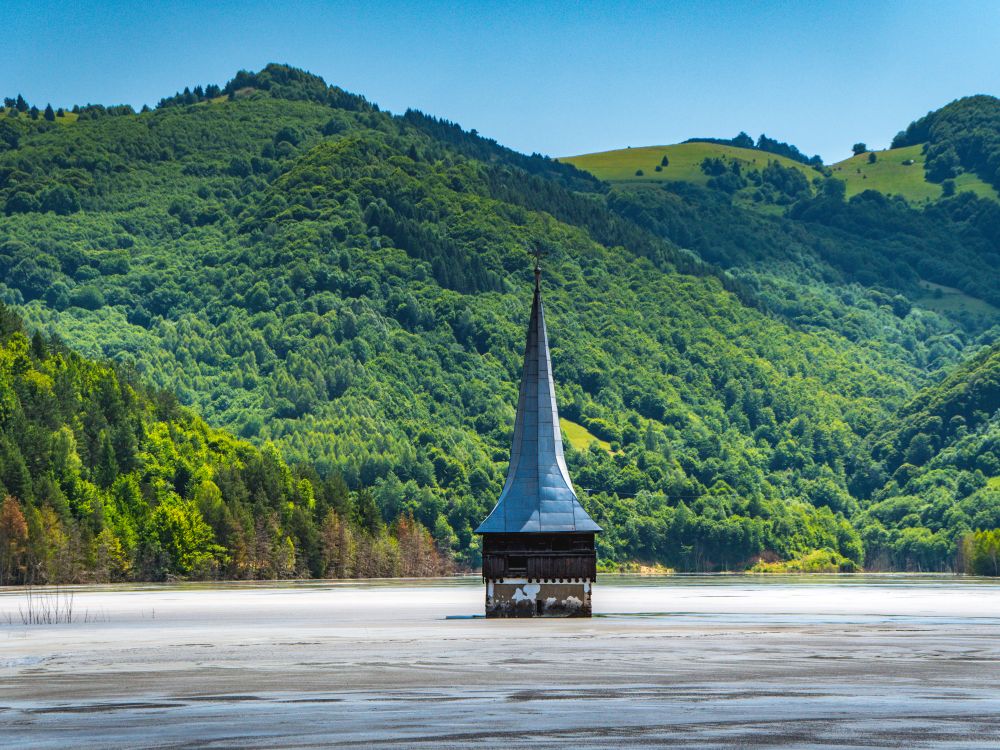
Geamăna was once a proud village in the commune of Lupșa in Alba county. It used to be, because it now lies at the bottom of a settling lake formed after an ecological disaster. In the 1970s, about 400 families lived here, only to find themselves evacuated by order of Ceaușescu to dump toxic waste from the Roșia Montana excavations, an operation completed by the flooding of the valley.
Residents were initially promised housing near the village but were eventually moved more than 100 km away. Some, however, did not want to leave the area, and their descendants are still living on the edge of the lake without infrastructure or other public necessities.
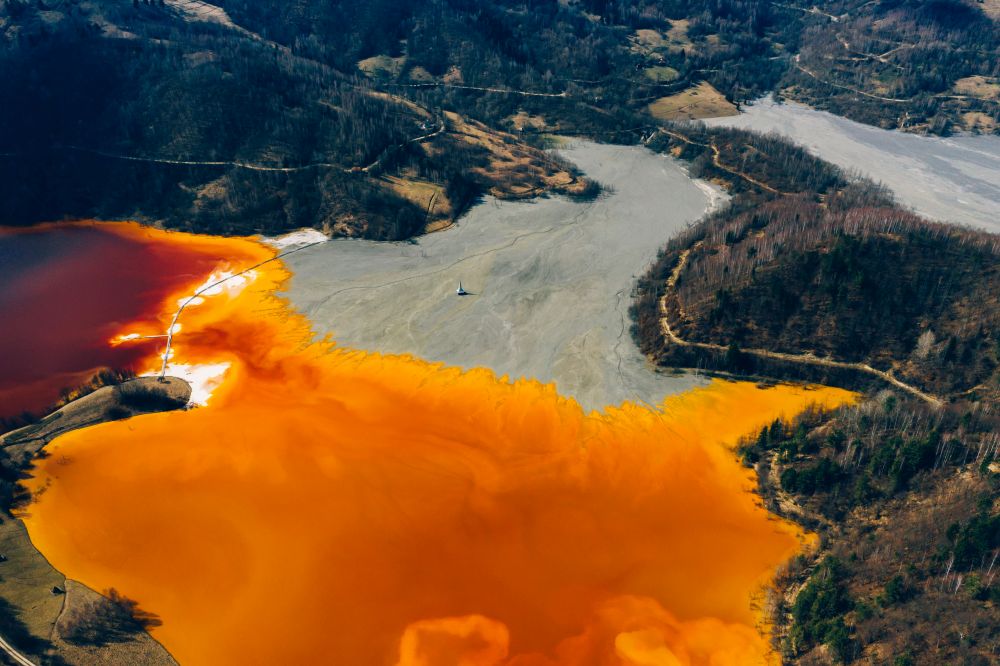
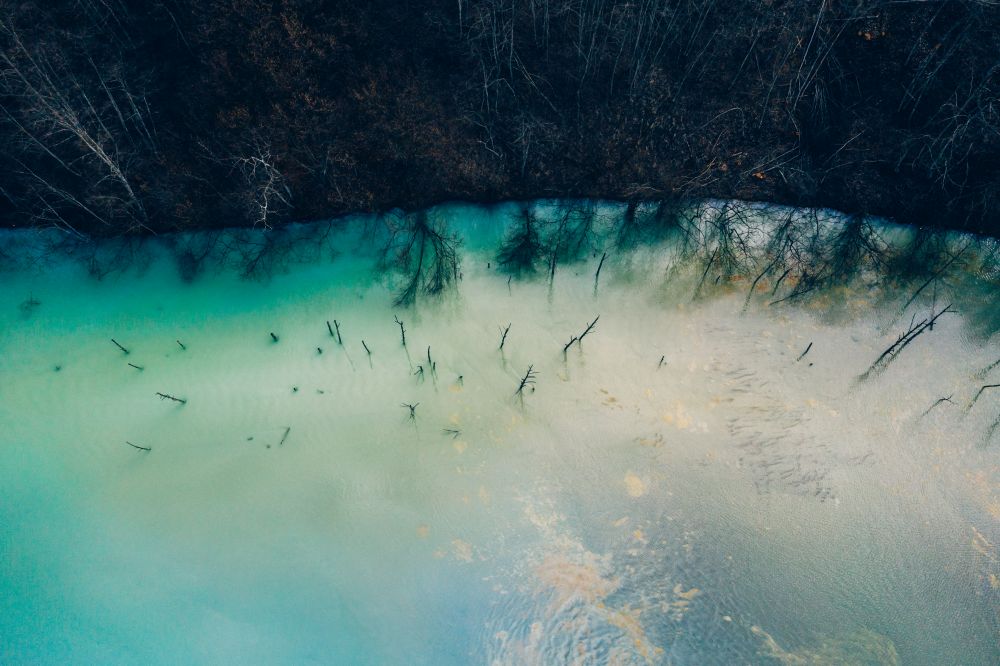
The water level rises by about 100 cm a year, and the color of the water is unreal, although when you think about why it has become so, beauty alone is not enough. Access to this lake, at the bottom of which are houses, the village church, the cemetery and other monuments, is made via forest roads. However, the church spire jutting out of the water attracts a certain kind of tourist, especially photographers and filmmakers, who come here to document the natural disaster that has formed at the foot of the suffering of about a thousand people.
The one-wood monastery at Frâncești
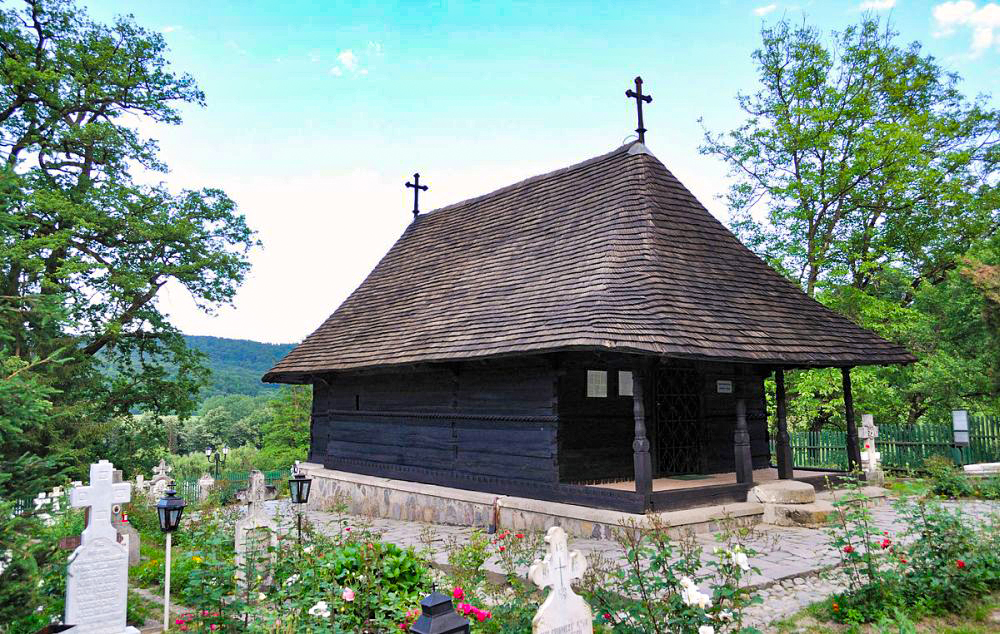
The one-wood monastery looks like a miniature church. At first glance, it’s not impressive, but once you realize it’s built from a single oak trunk, interest increases exponentially. And its story is just as interesting.
In the mid-17th century, a Christian Arab deacon traveling through the area where the village of Frâncești (Valcea county, 25 km south of Rm. Vâlcea) now stands, claimed that a monk had found an icon of the Virgin Mary in a hollow of a secular oak tree and that he heard a voice urging him to build a church from that oak.
Of course, the legend is controversial and has no real historical basis. There is also another version, according to which a 16th-century shepherd named Radu dreamt of the icon and then acted on it, cutting down the oak tree in which it was found and building a small church from its wood.
All in all, the church was actually built in the mid-16th century. And inside it is the icon of the Virgin Mary that stands in the middle of the stories. Its origin, however, is equally controversial: some say it was painted in the 4th century at the Theothokos Monastery in Greece. In contrast, others believe the icon was painted on Mount Athos or in Byzantium, using a mid-14th century model.
The trovants of Costești
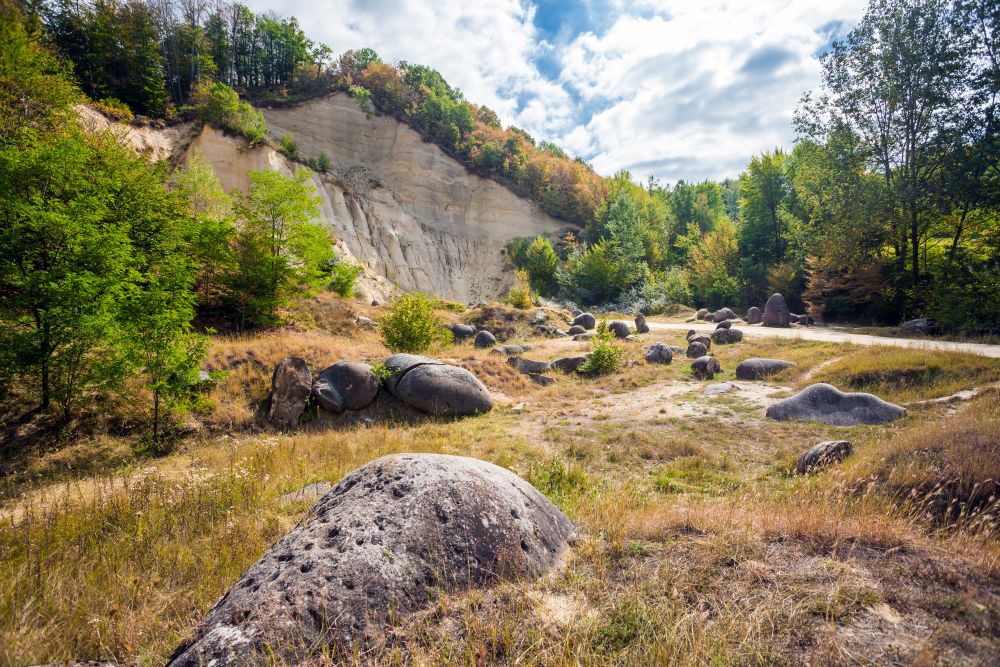
In the commune of Costești, in Valcea County, a few boulders proved bizarre enough for the authorities to set up, in 2005, the Trovants Museum Nature Reserve, a protected geological reserve covering an area of 1.1 hectares.
But what are the trovants (concretions)? Concretions are strange geological formations of various shapes and sizes, which can be found in many areas of Romania (Buzăului Mountains, Feleac Hill, etc.). Still, at Costești they are found in a larger number, making the landscape a truly spectacular one. Concretions can reach up to 10 meters, sedimentary rocks resulting from cemented sand grains formed 6-15 million years ago. But what makes these boulders real is that they are ‘alive’. In other words, they grow spontaneously, with a deposition rate of 5 cm every 1200 years. That’s why they are also called “living stones”, “dorobants” or “balatruci” by the locals.
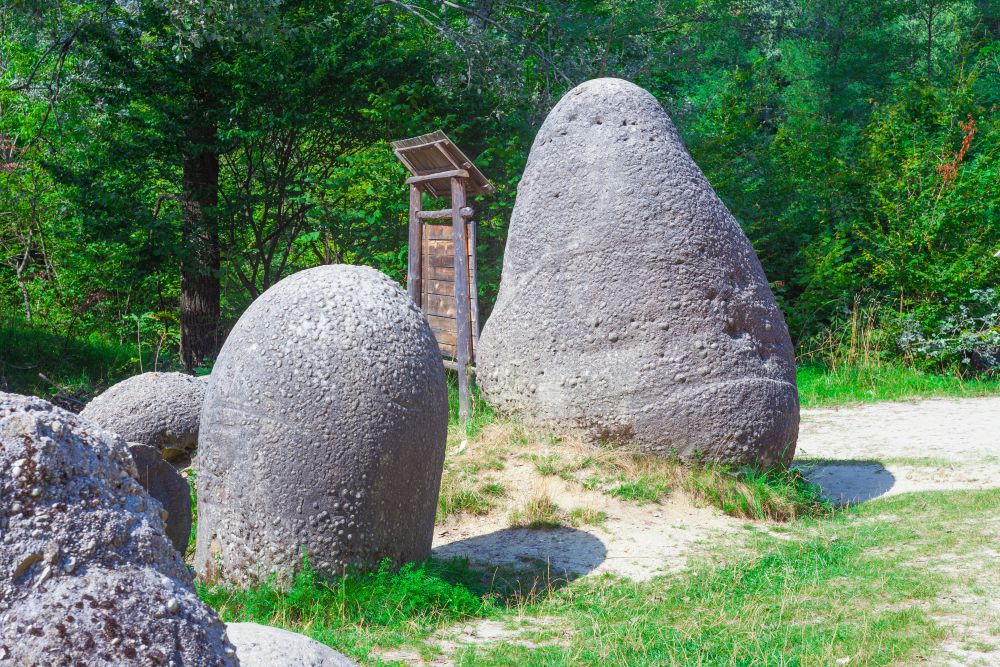
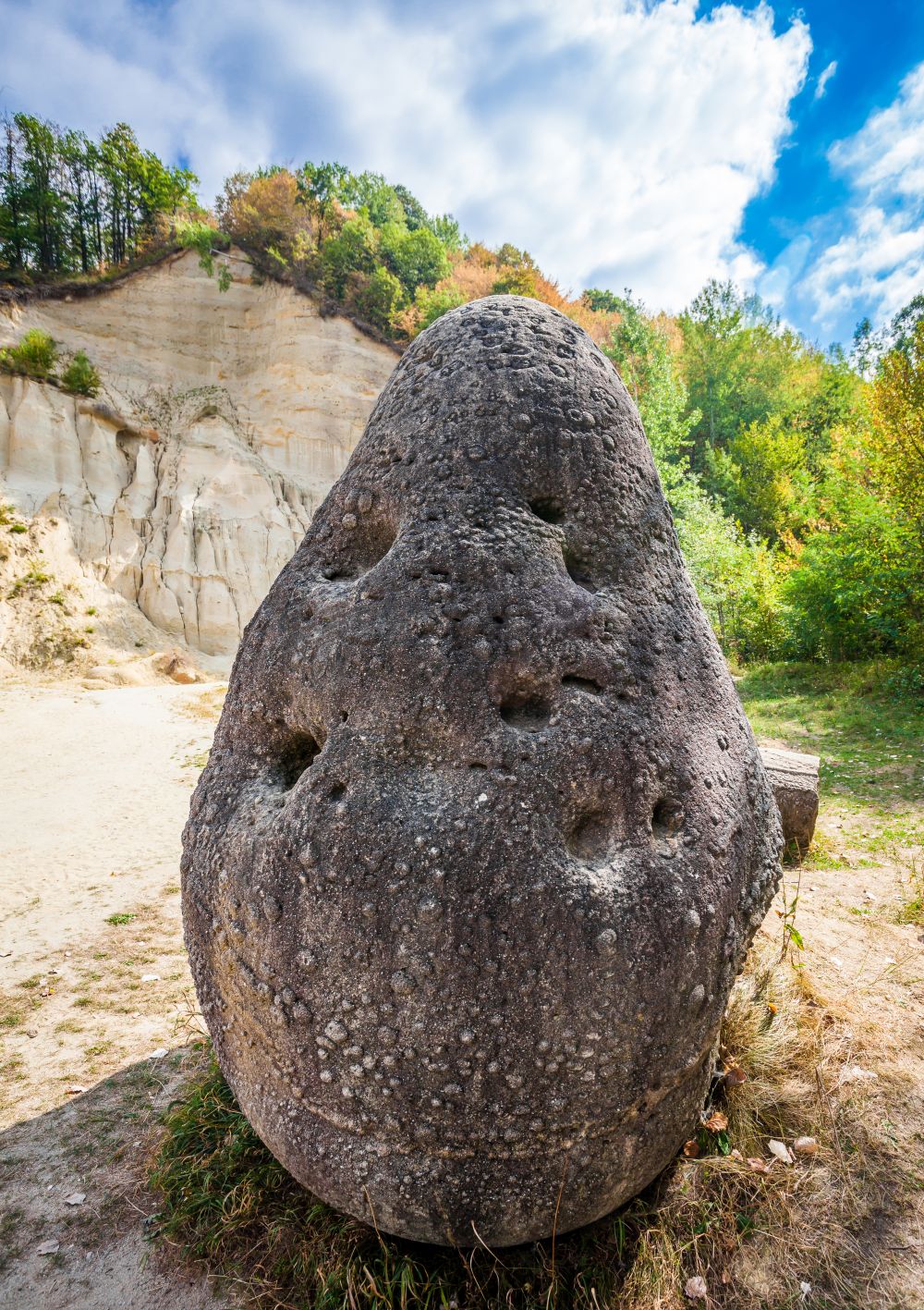
There are, of course, folk legends that these giant stones have extraterrestrial or supernatural origins. Scientists are still studying the phenomenon in laboratories, but until the mystery is fully solved, the boulders of various sizes delight tourists and inspire artists such as painters and sculptors.
The Kitsch Museum in Bucharest
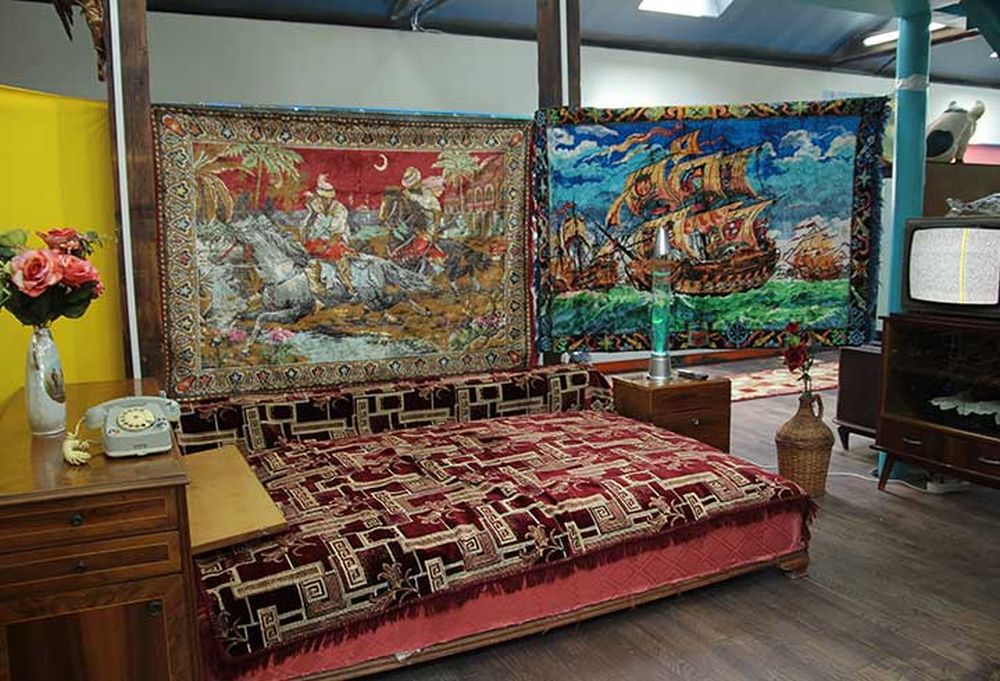
Opened in May 2017, in the Old Centre of Bucharest (6 Covaci Street), at the initiative of Cristian Lica, a passionate traveler, the Kitsch Museum is a place dedicated to the ugliest objects related, in one way or another, to various periods in Romania. More than 200 exhibits are present in the room that hosts a permanent exhibition, grouped in several categories, from Dracula kitsch to communist, gypsy, and modern kitsch. (Later edit: In the meantime, the Kitsch Museum has switched to an exhibition format, so you can visit it in different spaces, according to the schedule on the website)
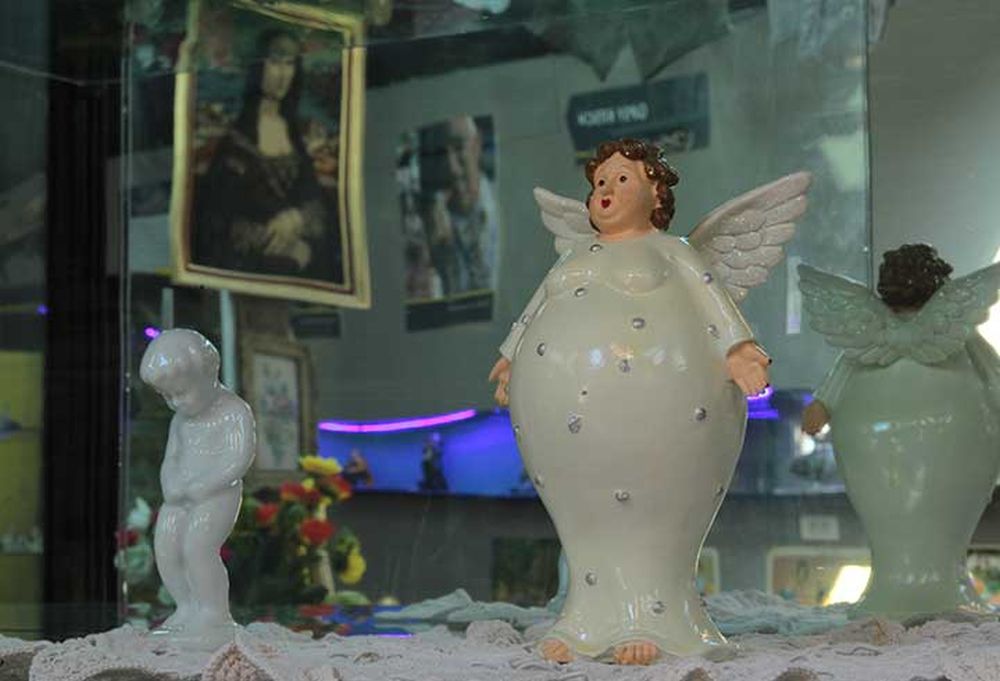
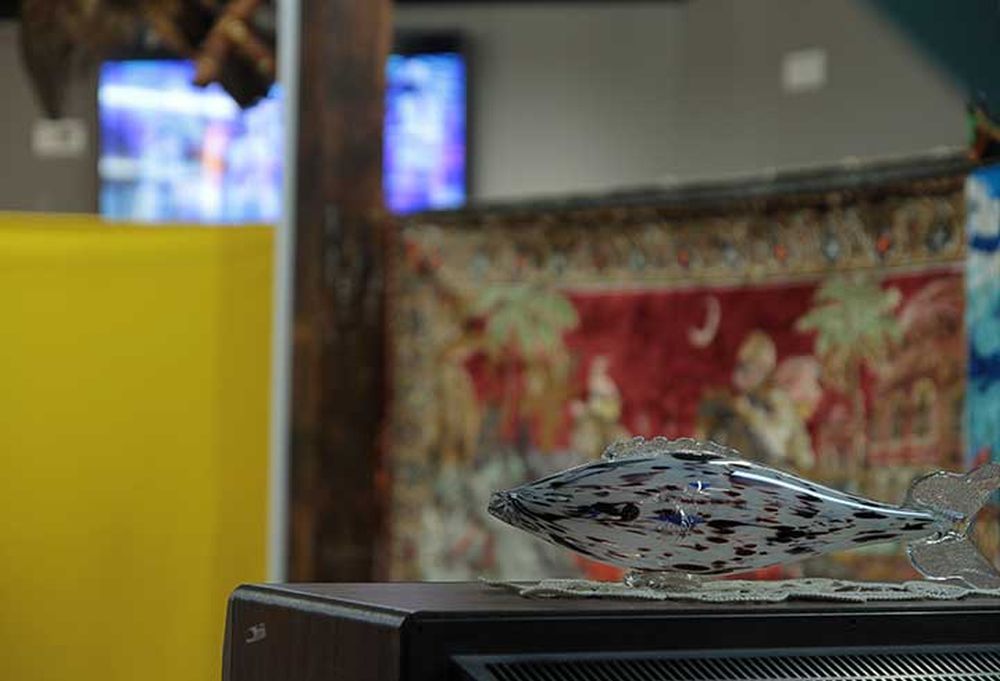
In addition to the fascination of artistic horror that grips every visitor the moment they enter the world of Romanian kitsch, the museum invites its guests to get on the side of the creators, in the Make your own kitsch space, where everyone can put their mind for producing their own kitsch. And if you think you have an object that would fit into the museum’s context, you can bring it to make a fool of yourself and put it on display on the second floor.
Those of you who caught the communist years will, of course, remember the famous glass fishes on the black-and-white T.V.s, or the Serai Rapture carpets, veritable monstrosities that decorated the walls of the village houses in particular. In 2019, the Museum of Kitsch had reached number 1 on TripAdvisor for tourist attractions in Bucharest.
Iulia Hasdeu’s Castle in Câmpina
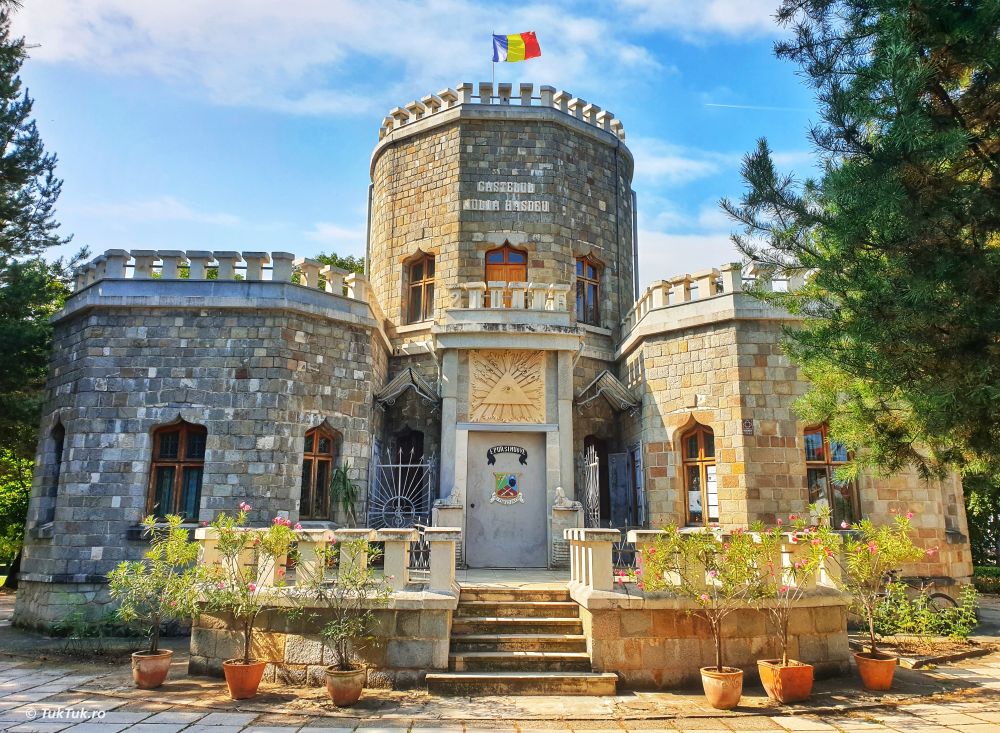
Iulia Hasdeu Castle was built between 1893 and 1896, in Câmpina, by the Romanian writer and philologist Bogdan Petriceicu Hasdeu in memory of his daughter who died of tuberculosis a few months before her 19th birthday.
Iulia Hașdeu was an eminent young woman, the first student from Romania to graduate from the famous Parisian Sorbonne University. She was an intelligent girl, who wrote stories and verses before she was seven years old, who knew three foreign languages, and who, as a teenager, even wrote plays.
Distraught after his daughter’s disappearance, Bogdan Petriceicu decided to build this so-called castle, in fact, a spiritualist temple in which the father hoped to establish communication in a parallel universe with his daughter. From 1890 to 1903, Hasdeu described in a diary the conversations he had with Iulia during the 101 sessions he initiated. Inside the castle, there is a room, the so-called darkroom, where the spiritism sessions took place; in one of the walls, there was a hole that connected to Hasdeu’s office, through which it is said that his daughter’s spirit came.
Today, Iulia Hasdeu Castle is transformed into a museum. It is said that the architectural plans of the building were suggested to B.P. Hasdeu by Iulia’s spirit, after which he transmitted them to the architect Toma Dobrescu, who, in his turn, made the plan brought to life by the builder N. Angelescu.
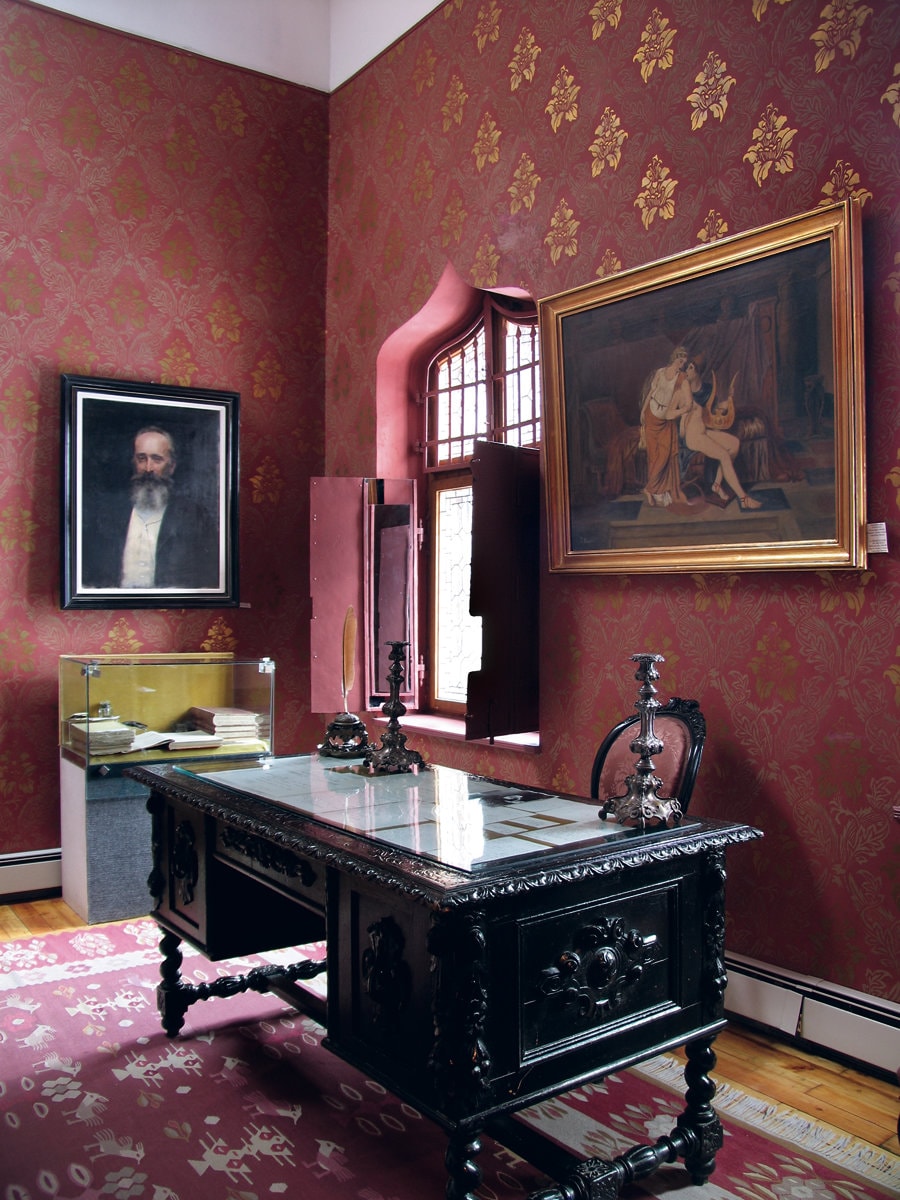
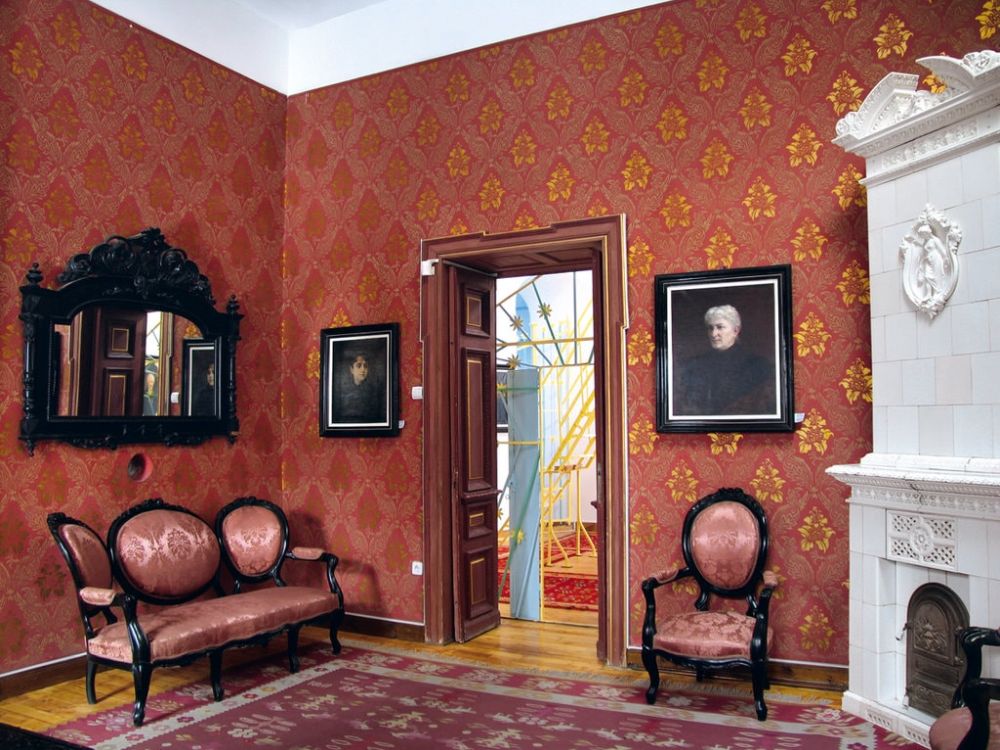
Dobrescu modified to a large extent the sketches of Hasdeu, the building having a cathedral shape initially. The result was a kind of castle, small, with a few well-defined rooms (the reception room, the dining room, the scholar’s office, the living room, etc.), which does not impress by its beauty but mainly by its symbolism.
In connection with the castle in Câmpina, several paranormal and mysterious events have occurred over time (for example, the suicide of the museum’s director, Jenica Tabacu). There is even the idea that the place is haunted by the spirit of Iulia Hasdeu. Whether this is so or not, if you pass through Câmpina, stop by to visit this bizarre monument born out of the immense grief of a father devastated by the untimely death of his talented daughter.
You may also like: Prices in Romania. How much does a holiday in Romania cost
Pin it!
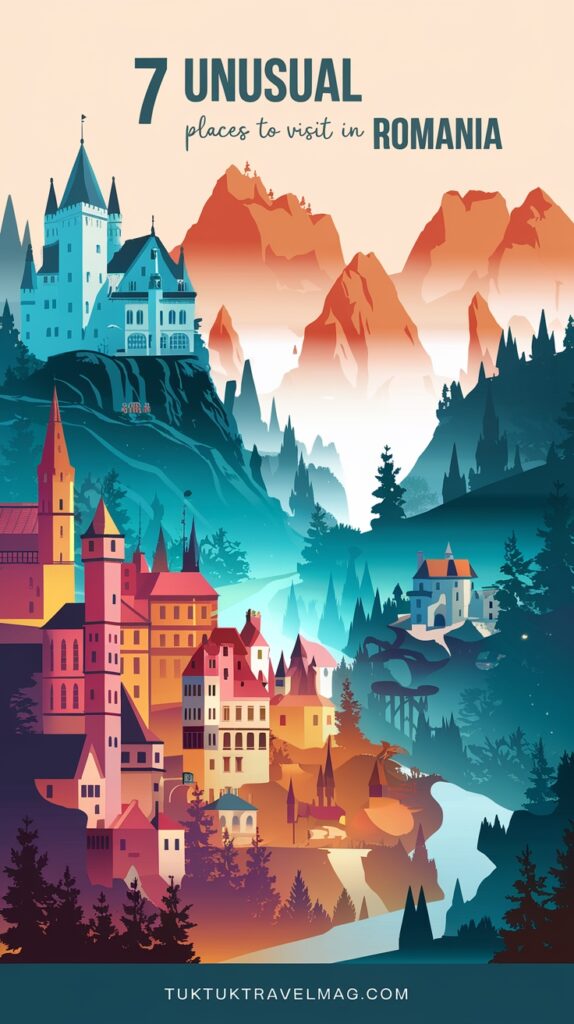

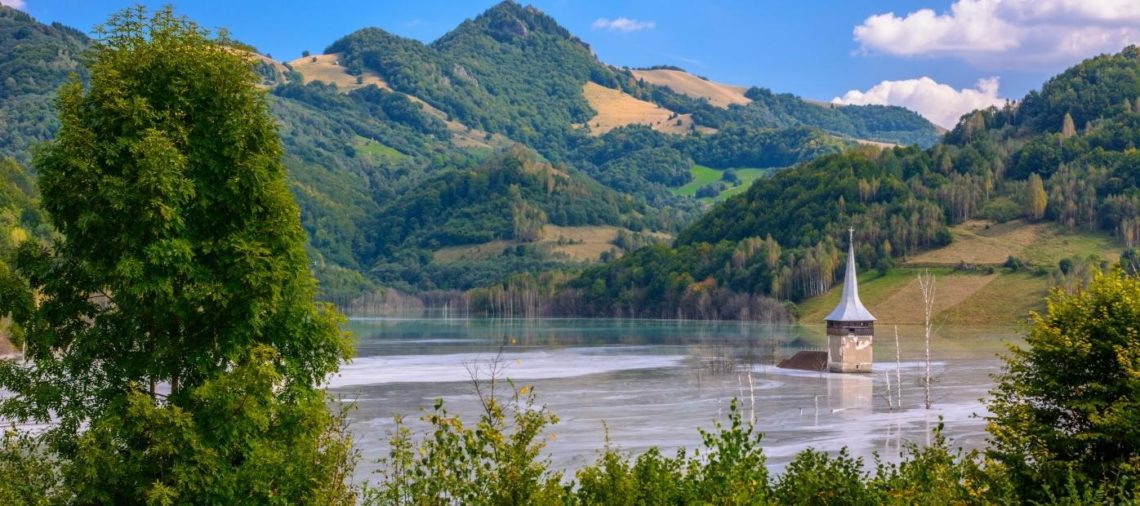



Comments 1